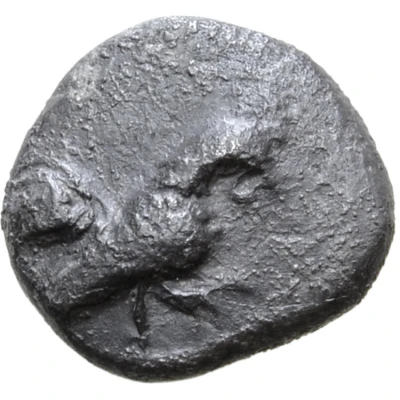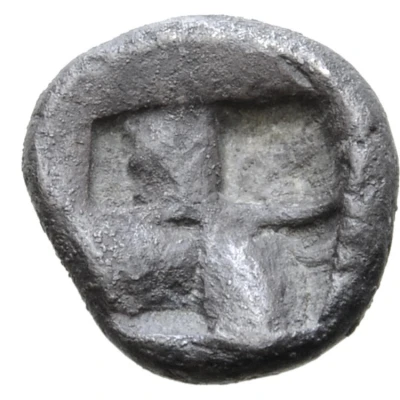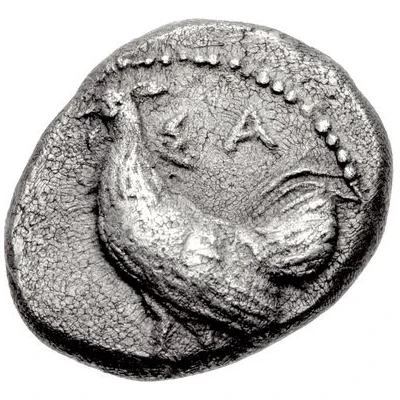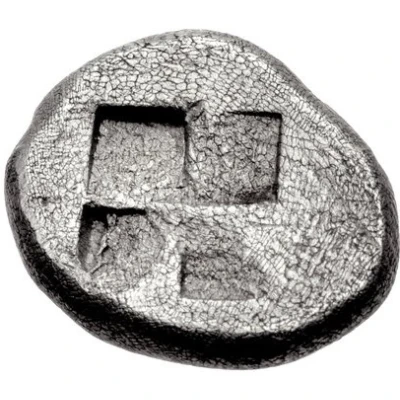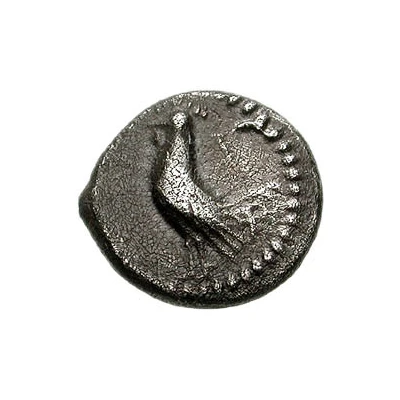
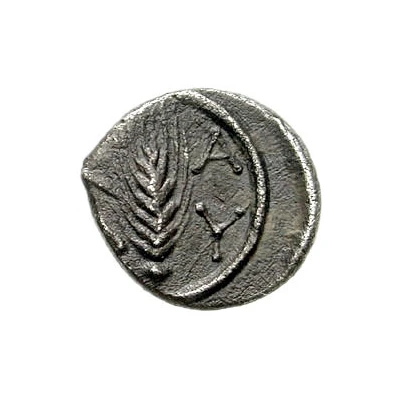

© Classical Numismatic Group, Inc.
Triobol 425 BC - 410 BC
| Silver | 1.62 g | 11.5 mm |
| Issuer | Selymbria (Thrace) |
|---|---|
| Type | Standard circulation coin |
| Years | 425 BC - 410 BC |
| Value | Triobol (½) |
| Currency | Drachm |
| Composition | Silver |
| Weight | 1.62 g |
| Diameter | 11.5 mm |
| Shape | Round (irregular) |
| Technique | Hammered |
| Orientation | Variable alignment ↺ |
| Demonetized | Yes |
| Updated | 2024-10-10 |
| Numista | N#194548 |
|---|---|
| Rarity index | 100% |
Reverse
Grain ear.
Script: Greek
Comment
SNG Tubingen 910; Schönert-Geiss, Bisanthe 64 (V1/R2);Interesting fact
The Triobol coin was used as a form of currency in the ancient Greek city of Selymbria, located in Thrace (now modern-day Bulgaria), during the 5th century BC. Its name "Triobol" comes from the Greek word "triobolos," meaning "three-piece," as it was divided into three equal parts, each with a different value. This unique design made it easy for people to break the coin into smaller pieces for smaller transactions, much like how we use coins with different denominations today.
